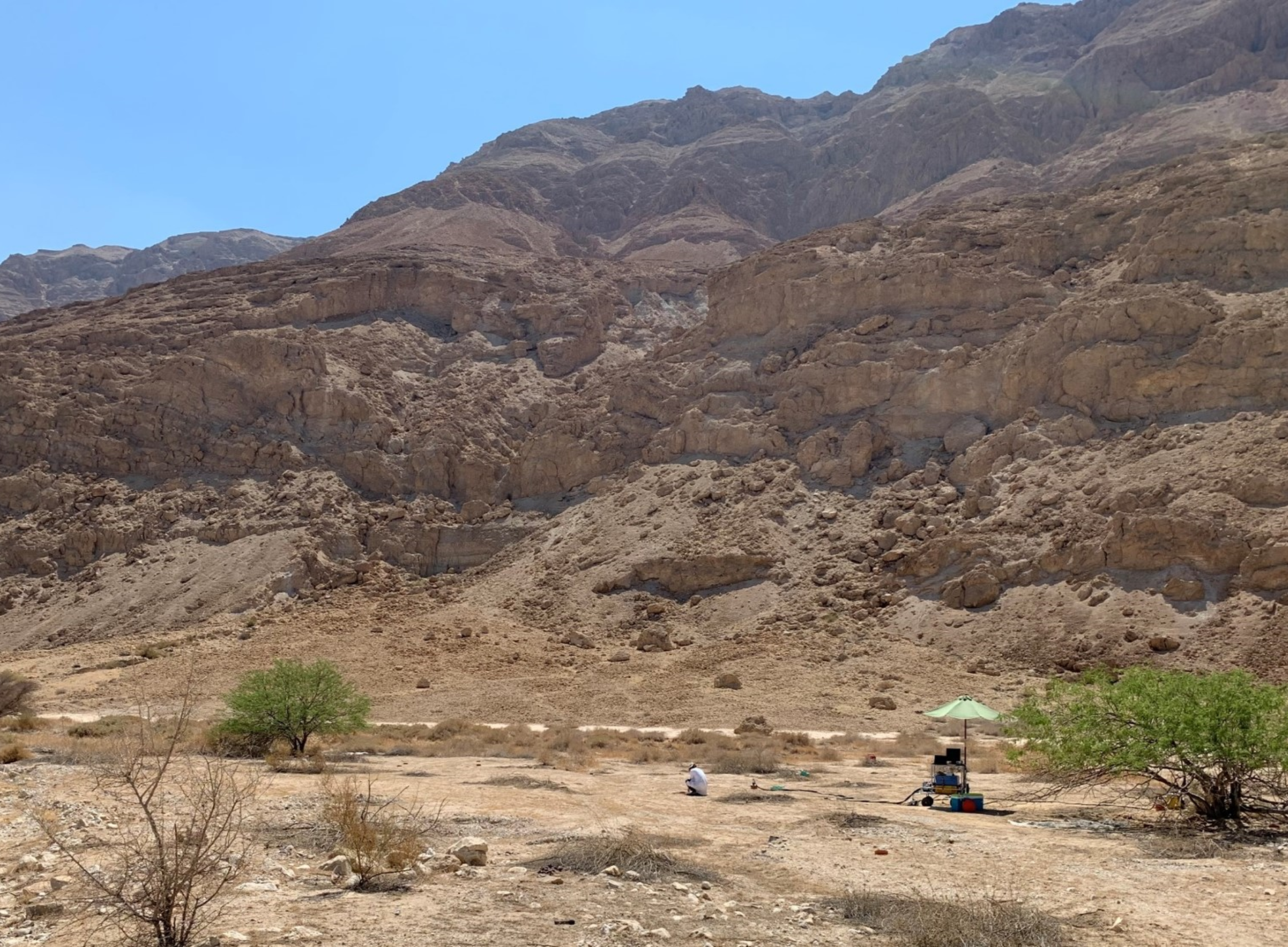11.11.2025: Illia Gelfand (Ben Gurion Univ. of the Negev): What Drives Trace Gas Emissions from Desert Soils: Biological, Chemical, or Biochemical Processes? HS 31.11, Institut für Biologie, Bereich Pflanzenwissenschaften, Schubertstraße 51, 17:00 Uhr
Deserts cover nearly half of Earth’s land surface but remain among the least studied ecosystems regarding their trace gas fluxes. In particular, the processes controlling soil emissions of nitrous oxide (N₂O), nitric oxide (NO), and methane (CH₄) are still poorly understood. In this talk, I will present recent field and laboratory results exploring how coupled biotic and abiotic processes regulate these gases in arid soils, focusing on two phenomena: the CO2, N₂O, and NO pulse following rewetting of dry soil (the “Birch effect”) and CH₄ fluxes across dry and wet seasons.
Using sensitive laser-based measurements and γ-irradiated (sterilized) soils, we show that post-wetting emissions of N₂O and NO occur within minutes of rewetting and are largely driven by abiotic reactions. The results indicate that ammonium (NH₄⁺) is oxidized extracellularly to hydroxylamine (NH₂OH) through the activity of released enzymes such as ammonia monooxygenase (AMO), followed by rapid abiotic oxidation of NH₂OH to N₂O. This mechanism explains the immediate N₂O pulse observed in both live and sterilized soils and underscores the overlooked role of abiotic pathways in desert N₂O production.
In parallel, we conducted nearly continuous field measurements of CH₄ fluxes using automated chambers in the Negev Desert, Israel, across soils differing in carbon content. Contrary to prevailing theory that dry soils are consistent CH₄ sinks, we found that CH₄ was emitted about 75% of the time, with mean effluxes of 0.222 ± 0.007 nmol m⁻² s⁻¹ in summer and 0.081 ± 0.004 in winter. A shading experiment reduced CH₄ emissions by 51%, suggesting that solar-driven abiotic reactions, rather than microbial processes, dominate CH₄ release.
Together, these findings highlight that abiotic and enzyme-mediated processes can play a major role in trace gas dynamics of arid soils, especially under the intensifying drought–rewetting cycles projected for the future climate.
